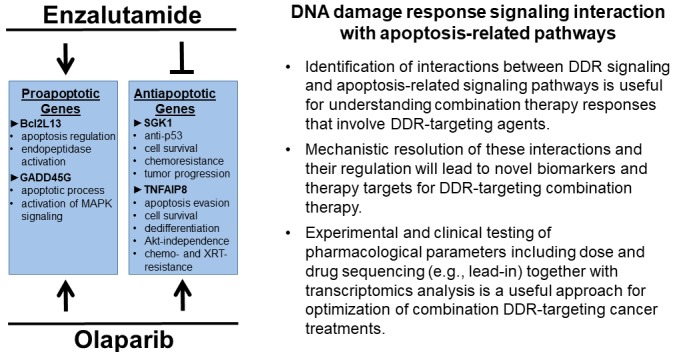Figure 1. Interactions between DDR signaling and apoptosis-related pathways underlie therapy responses to DDR-targeting therapy.

Recent studies have shown that enzalutamide-induced BRCAness and PARP inhibition are synthetically lethal in experimental CRPC models [7]. These studies provide a template for future research that aims to identify optimized pharmacological parameters (e.g., dose and schedule) and to establish interactions between DDR signaling and apoptosis-related pathways using transcriptomics analysis of cancer cell and tissue samples following combination treatments with DDR-targeting agents. Bcl2L13, B-cell lymphoma 2-like 13; GADD45G, growth arrest and DNA damage inducible gamma; SGK1, serum/glucocorticoid-regulated kinase 1; TNFAIP8, tumor necrosis factor-alpha—induced protein 8.
